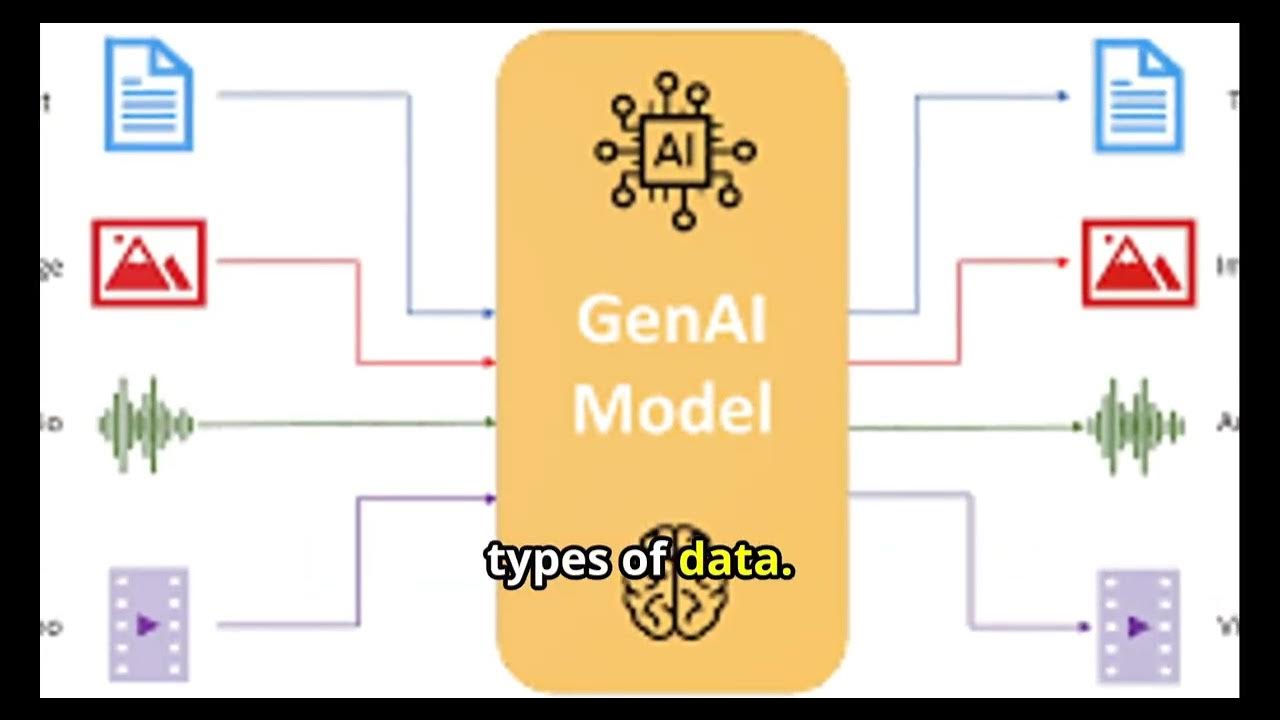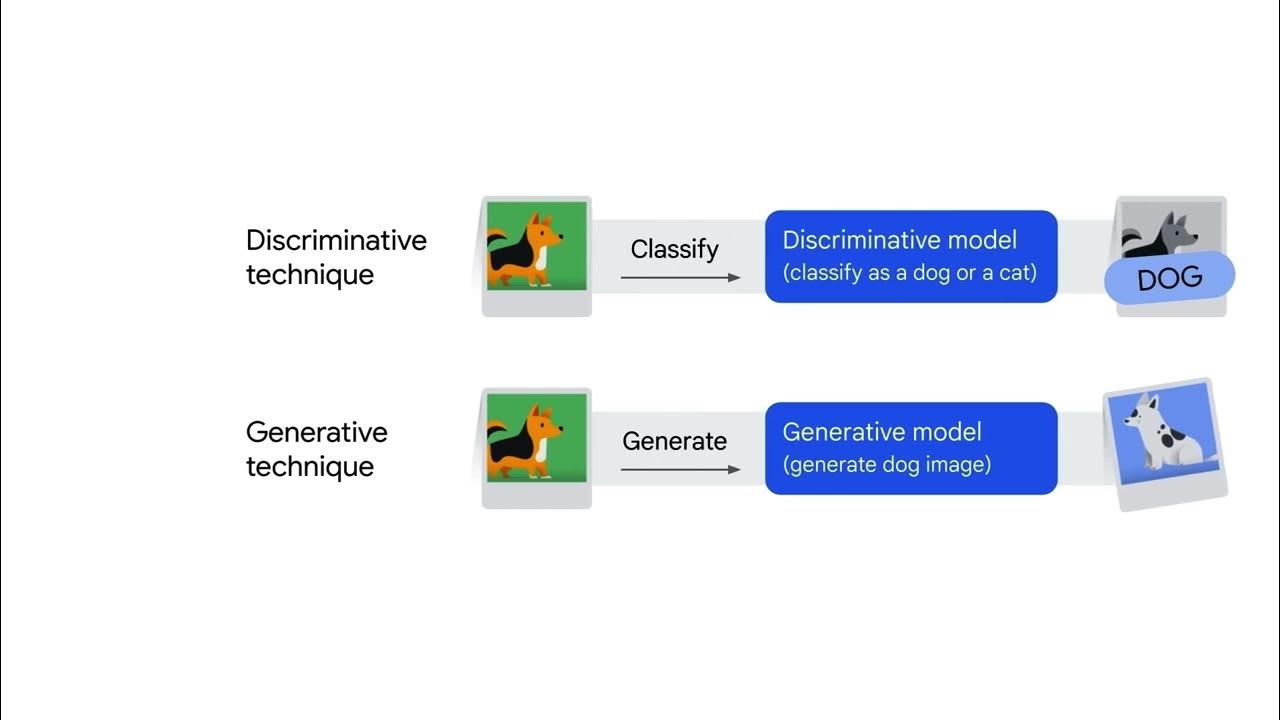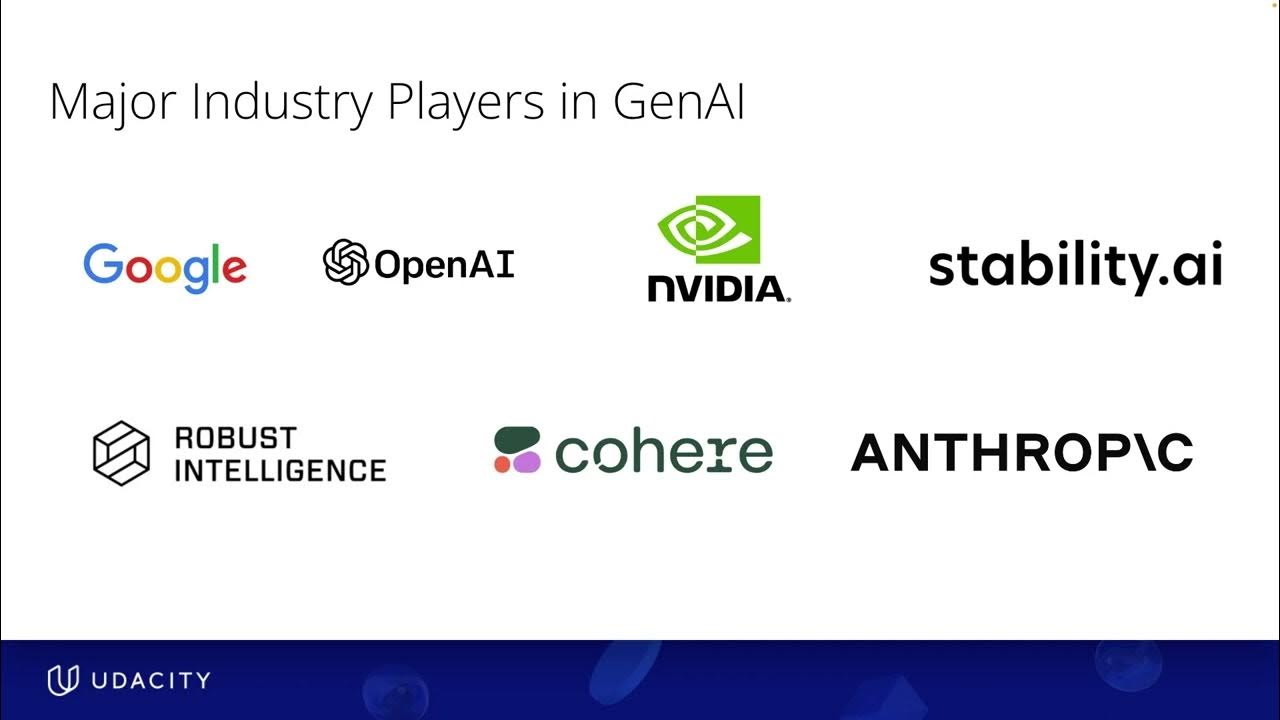Generative AI: what is it good for?
Summary
TLDRThis discussion delves into the strengths and weaknesses of generative AI, highlighting its advancements since 2017 due to the introduction of the Transformer model. The rapid adoption of AI technologies, such as GPT 3.5, has transformed their accessibility and applications. While generative AI excels at processing vast amounts of unlabeled data and generating coherent text, challenges remain in transparency and reliability. The panel emphasizes the potential impact of AI on the workforce, predicting significant task automation, while acknowledging the need for continuous human involvement to achieve optimal efficiency.
Takeaways
- 🚀 Generative AI has gained immense popularity, with millions using new online tools for various tasks, from answering queries to generating realistic images.
- 🔍 A major breakthrough in AI occurred in 2017 with the introduction of the Transformer model by Google, significantly improving the coherence of AI-generated outputs.
- 📈 The launch of GPT-3.5 and ChatGPT marked a pivotal moment, leading to rapid consumer adoption and showcasing diverse applications of generative AI.
- 📊 Large language models excel at processing vast amounts of unlabeled data, enabling them to generate convincing text and perform complex tasks like pattern matching.
- 💻 Writing code with generative AI provides quick feedback, allowing developers to identify and correct errors promptly due to the tight feedback loop.
- ❓ A key weakness of generative AI is its lack of transparency, making it difficult to understand how these complex models operate internally.
- 🕵️♂️ Generative AI is not reliable for discovering new facts, which poses risks in fields that require high accuracy, such as journalism and government.
- 💼 Up to 20% of the U.S. workforce could see significant task automation due to generative AI, potentially affecting around 50% of their tasks in the near future.
- 🌐 For generative AI to drive substantial economic growth, it must automate entire processes rather than just parts of them, as human involvement can slow progress.
- 🔮 The ongoing role of humans in moderating AI's capabilities is crucial for ensuring the accuracy and reliability of AI-generated content and research.
Q & A
What is the key technology behind the recent advancements in generative AI?
-The key technology is the Transformer model, which was developed by researchers at Google in 2017, allowing for better retention mechanisms and more coherent outputs.
How did the introduction of ChatGPT impact the public's engagement with AI?
-ChatGPT, launched as a more capable model (GPT 3.5), enabled millions of users to interact with AI easily, leading to its rapid adoption and exploration of various applications.
What makes large language models particularly powerful in processing data?
-They can analyze vast amounts of unlabeled data from the internet, generating outputs based on patterns recognized in hundreds of billions of words.
What are some of the successful tasks that generative AI can perform?
-Generative AI is effective at generating convincing text, performing style transfers, writing code, and even passing standardized tests like the U.S. medical licensing exam.
What is a significant drawback of generative AI mentioned in the discussion?
-A significant drawback is its lack of transparency; it operates as a 'black box,' making it difficult to understand how it arrives at certain outputs.
Why is generative AI not considered reliable for fact-finding?
-Generative AI is not designed to discover new facts; its outputs may not be accurate or reliable, which is critical for fields like journalism and intelligence.
What potential impact could generative AI have on the U.S. workforce?
-It's estimated that around 20% of the U.S. workforce may have 50% of their tasks affected by generative AI in the next few years, indicating a significant shift in job functions.
How can generative AI improve the coding process?
-Generative AI provides a tight feedback loop by allowing developers to receive immediate feedback on errors in the code, making it easier to correct mistakes quickly.
What is necessary for generative AI to drive exponential economic growth?
-For generative AI to drive significant economic growth, it needs to automate entire processes, not just parts, to avoid bottlenecks caused by human involvement.
What caution is advised regarding the use of generative AI outputs?
-Users are cautioned against relying solely on AI outputs for critical information, as accuracy matters in many applications, and the technology is not yet foolproof.
Outlines

此内容仅限付费用户访问。 请升级后访问。
立即升级Mindmap

此内容仅限付费用户访问。 请升级后访问。
立即升级Keywords

此内容仅限付费用户访问。 请升级后访问。
立即升级Highlights

此内容仅限付费用户访问。 请升级后访问。
立即升级Transcripts

此内容仅限付费用户访问。 请升级后访问。
立即升级5.0 / 5 (0 votes)






